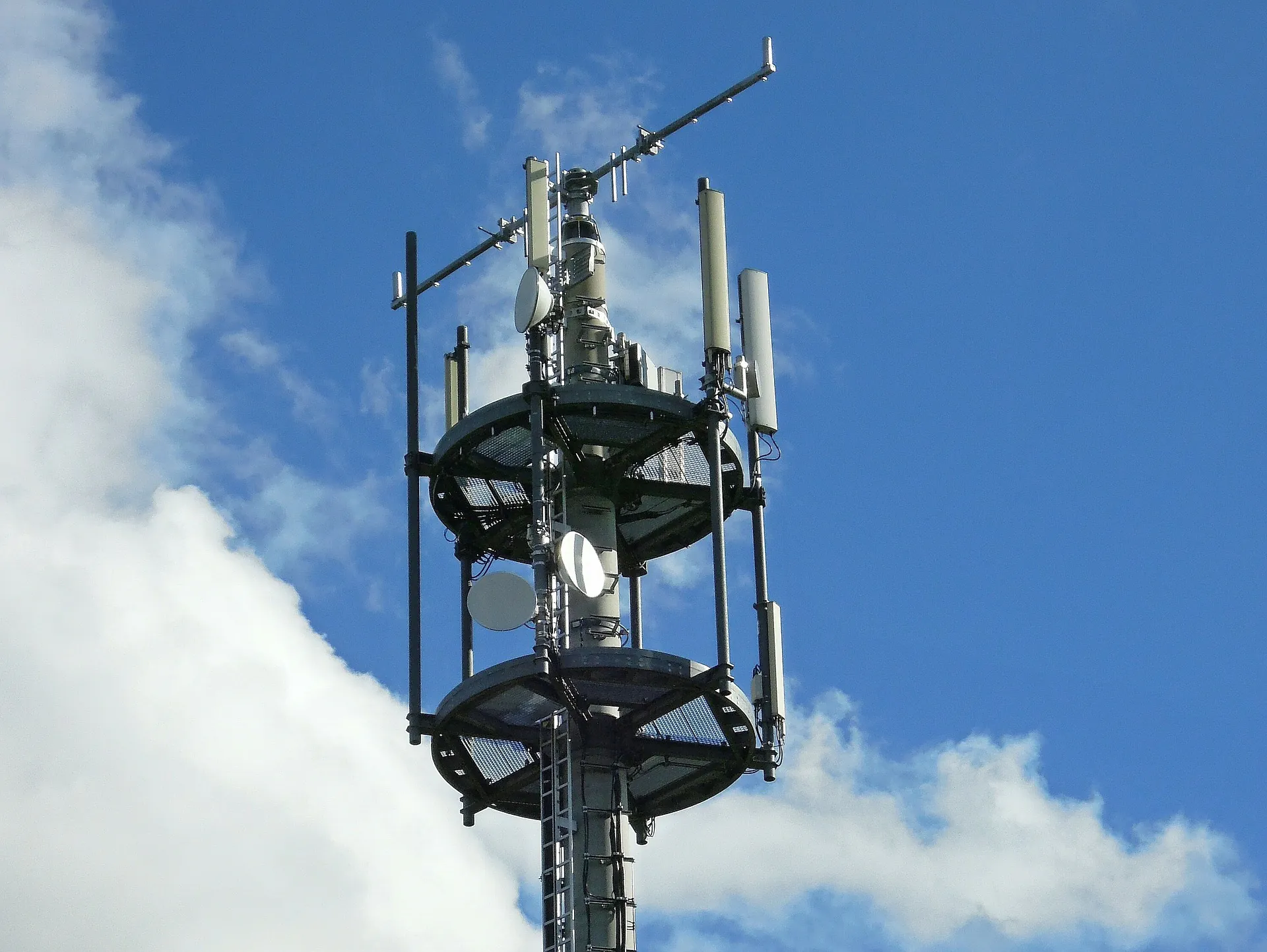Nevertheless, the experience of citizens and companies shows that the current coverage in Germany does not meet the requirements that such a transformation places on mobile communications. There is still a need for a significant improvement in the infrastructure: according to estimates by the Federal Network Agency, the individual network operators each reached only 69% to 90% of households at the end of 2019, although the specified threshold was 98%. Other studies by market research institutes came to even worse results in terms of overall coverage. According to these, only just under 80% of the areas were covered by at least one operator with LTE. This means that Germany has so far been rather a latecomer in mobile communications in an international comparison.
The German government also recognizes the need for improvement in this area and adopted a mobile communications strategy in November 2019. This is intended to increase Germany’s attractiveness as a business location and achieve a pioneering role in the expansion of mobile communications. This overarching goal includes, among other things, the closing of so-called white and gray spots in 4G coverage, the rapid introduction and acceleration of the roll-out of 5G, and the simplification of approval procedures.
Measures to improve mobile communications coverage
The mobile communications strategy defines numerous measures to be taken to achieve the goals just listed. The most important task was initially to close white spots. To this end, a subsidy program is provided for areas where no mobile communications coverage is available and no private-sector expansion is foreseeable. There is also a similar program for improving network quality along transport routes. For a few weeks now, such funding has also been available for expanding coverage in gray areas, i.e., areas with Internet coverage of less than 100 Mbps.
In addition, the aim is to ensure that network operators meet the roll-out obligations and commitments that were defined in the frequency auction. This is to be helped by a contractual definition, continuous monitoring of actual progress, and sanctions for violations.
The mobile communications strategy also includes a number of overarching measures to improve overall mobile communications coverage. These include, for example, speeding up approval procedures, increasing the number of usable mobile communications sites, and strengthening the joint use of these by several mobile communications providers. Here, properties owned by the federal government, the states and local authorities in particular are to be examined for their suitability.
Public acceptance and understanding of the expansion of 5G technology are also to be increased. The mobile communications strategy envisages “information, transparency and dialog” (p.35) as a means of achieving this goal.
Another key measure was the establishment of the Mobile Infrastructure Company (MIG), which is to be responsible for implementing the measures. The specific areas of responsibility of the newly founded company are to include data collection on the current expansion status and the availability of land, as well as the search for possible sites for mobile communications masts on the basis of this data. In addition, MIG will be responsible for negotiating the terms of use for these sites, as well as for exchanging information with network operators and municipalities to support the expansion projects. This also includes support in closing white spots with the aforementioned federal subsidies.
Other measures are intended to drive forward the roll-out of 5G in a targeted manner. The mobile communications strategy envisages a rapid rollout of fiber-optic networks and a densification of 5G coverage in rural areas as well through specifications in the next spectrum auction.
Criticism of the mobile communications strategy
Looking at the details, it becomes clear that implementing the measures to achieve a pioneering role in mobile communications has not been easy over the past two years and will not be easy in the future. There has been a lot of criticism, particularly from the media and the industry. The mobile communications strategy is seen as a mere statement of intent that fails to build actual potential for change.
Among the criticisms is that there were far-reaching targets for mobile expansion even before the strategy was published. However, these have not been achieved. The mobile communications strategy also fails to be specific enough about where responsibilities lie and how sub-goals are to be achieved. Fixed time frames are missed by critics.
There is also criticism of the nature of the measures: Some experts question whether it makes sense to invest the subsidies and already low expansion capacities in sparsely populated areas where white spots are to be found. On the other hand, however, there is also criticism of the subsidies that have been available for a few weeks for the expansion of gray areas, and there are fears that the sector will be overburdened, as there is still a large backlog of expansion. Mobile operators are demanding that instead of allocating subsidies, it would be better to abolish auctions for mobile frequencies. This would keep the money directly in the mobile industry and allow it to be invested more quickly in expansion, representatives say.
Mobile operators also express concerns about the role MIG will play in the industry. Under no circumstances should the company compete with private providers, they say, or negatively influence the market by allocating subsidies, so as not to distort competition.
Last but not least, since the mobile communications strategy was adopted, it can be observed that implementation has been slow: After the adoption in November 2019, more than half a year passed until the first implementations took place in the second half of 2020.
The current state of expansion
The Federal Network Agency’s mobile communications map currently shows that 96.5% of the country is covered with 4G by at least one mobile communications provider. The size of the areas without any mobile coverage (white spots) is 0.3% of the area of Germany. Implementation of the measures in the mobile communications strategy has been slow. For example, MIG was not established until a year after the strategy was adopted, in December 2020. To date, the further establishment of the company has proceeded much more slowly than planned: According to reports in Der Spiegel, at the end of February this year, MIG still did not have a valid tax number and is still not operational. Comparing the expansion data with the status in 2019, it is clear that although slight improvements can be seen, good implementation of the measures and a clear effect of the mobile communications strategy are currently still a long time coming.



